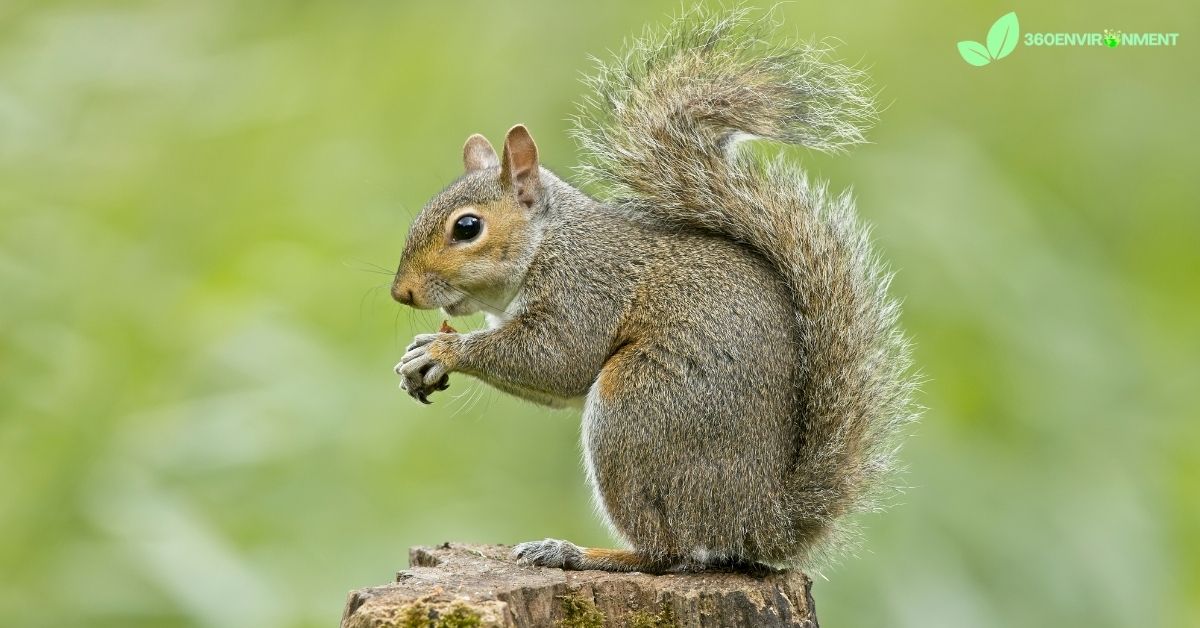Squirrels are a common sight in parks, forests, and backyards around the world. These small mammals are known for their energetic behavior, fluffy tails, and hoarding habits. One question that often arises is whether squirrels are nocturnal. To answer this, we must first understand their behavioral patterns, environmental roles, and species-specific adaptations.
In this article, we will explore “Are squirrels nocturnal?” by activity patterns of squirrels, examine different species’ behaviors, and explain how their circadian rhythms influence their daily lives. We will also discuss the environmental impact of squirrels and why understanding their habits is essential to maintaining a balanced ecosystem.
1. Understanding Squirrel Activity: Are Squirrels Nocturnal?
The short answer to the question “Are squirrels nocturnal?” is no—most squirrels are not nocturnal. Squirrels are predominantly diurnal, meaning they are active during the day and rest at night. However, like many species, different types of squirrels exhibit varying behavior, with a few exceptions where certain squirrels show crepuscular (active during dawn and dusk) or nocturnal tendencies.
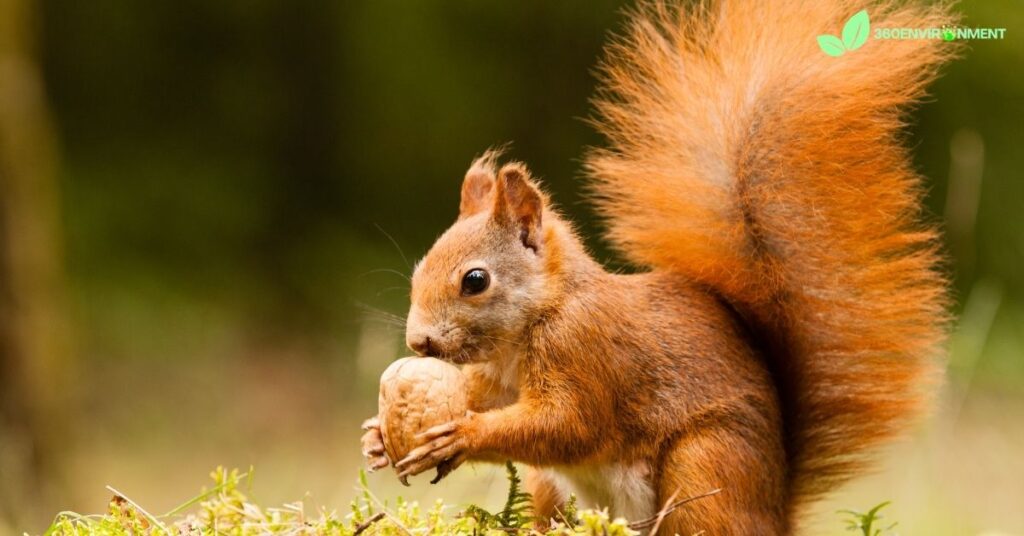
1.1. Diurnal Behavior in Squirrels
Most commonly, squirrels follow a diurnal pattern. Diurnal animals are typically active during the day and retreat to a safe place to sleep at night. Squirrels use the daylight hours to forage for food, store nuts, build nests, and socialize. Their keen eyesight and ability to detect predators work best in well-lit environments, making daylight activity safer and more efficient for them.
Species such as the Eastern Gray Squirrel (Sciurus carolinensis), Fox Squirrel (Sciurus niger), and Red Squirrel (Tamiasciurus hudsonicus) are excellent examples of diurnal squirrels. These species spend their daylight hours foraging for seeds, nuts, and insects, as well as interacting with other squirrels. Their peak activity times are often in the early morning and late afternoon when temperatures are cooler, and predators are less active.
1.2. Exceptions to the Rule: Nocturnal and Crepuscular Species
While most squirrels are diurnal, some species exhibit nocturnal or crepuscular behavior. The best-known example is the flying squirrel species, which includes the Southern Flying Squirrel (Glaucomys volans) and the Northern Flying Squirrel (Glaucomys sabrinus). These flying squirrels are primarily nocturnal, using the cover of darkness to glide between trees, search for food, and avoid predators.
Flying squirrels have evolved several adaptations that support their nocturnal lifestyle, including large eyes that help them see in low-light conditions and a keen sense of hearing to detect potential threats in the dark.
2. Why Are Most Squirrels Diurnal?
The answer to the question “are squirrels nocturnal” can be clarified by understanding why most squirrels follow a diurnal activity pattern. This behavior is shaped by several factors, including evolutionary adaptations, predator avoidance, and food preferences. By looking closely at these factors, we can better appreciate why most squirrels are active during the day and not at night.
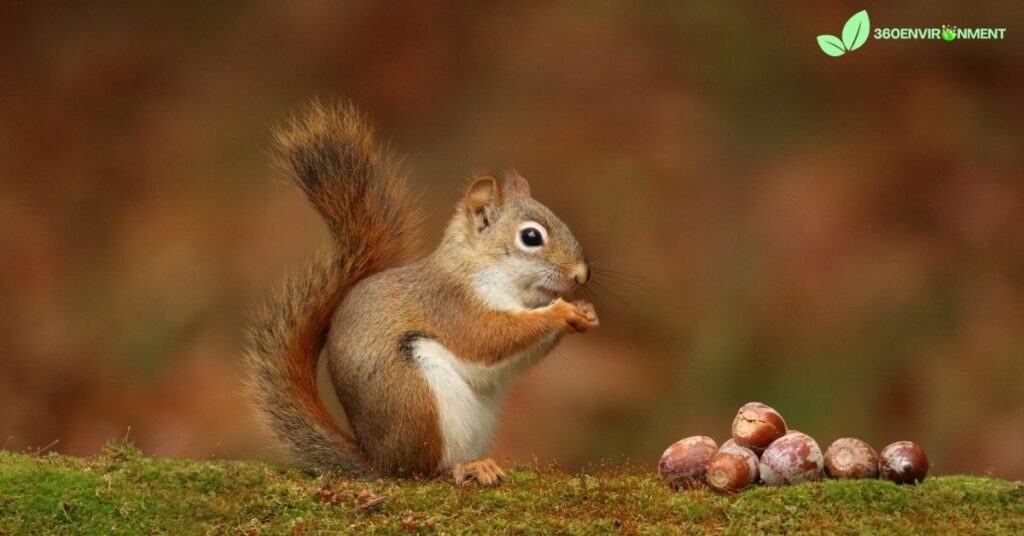
2.1. Vision and Light Sensitivity
To answer the question “are squirrels nocturnal,” it’s important to know that squirrels, like many diurnal animals, rely heavily on their vision to navigate their environment and detect predators. Squirrels’ eyes are specially adapted for bright daylight conditions, making it easier for them to spot food sources such as nuts, seeds, and insects. These adaptations also help them avoid predators like hawks, owls, and snakes. So, to answer “are squirrels nocturnal,” for most species, their eyesight is optimized for daylight, supporting their diurnal nature.
Squirrels’ large eyes, positioned on the sides of their heads, provide a wide field of vision that helps them detect movement from various directions. This vision is particularly useful during daylight hours, further clarifying the question of “are squirrels nocturnal”—for most species, the answer remains no.
2.2. Predator Avoidance
One key reason squirrels are not nocturnal is predator avoidance. Squirrels minimize their risk of encountering nocturnal predators like owls by being active during the day. While squirrels face threats from diurnal predators such as hawks and eagles, their agility, speed, and climbing ability make daylight a safer time for activity. This predator-prey dynamic answers the question, “are squirrels nocturnal?”—most squirrels are active during the day for safety reasons.
Nocturnal predators that hunt at night are less of a threat to diurnal squirrels, confirming once again the answer to “are squirrels nocturnal” as a definitive no for most species.
2.3. Access to Food Sources
Another factor influencing the answer to “are squirrels nocturnal” is the availability of food sources. Squirrels are primarily herbivores, with their diet consisting of seeds, nuts, fruits, and fungi. Many plants and trees that provide these food sources are easier to locate during daylight hours. Additionally, squirrels spend a significant amount of time caching food for the winter months, which requires good visibility. These factors confirm that most squirrels are not nocturnal.
For example, the Eastern Gray Squirrel is known for its habit of burying acorns during the fall to create a food reserve for winter. This behavior relies on daylight visibility, further supporting the idea that squirrels are not nocturnal.
3. The Nocturnal Nature of Flying Squirrels
While most squirrels are not nocturnal, flying squirrels stand out as the exception. So, are squirrels nocturnal? When it comes to flying squirrels, the answer is yes. Unlike other squirrel species, flying squirrels are primarily active at night, taking advantage of the cover of darkness to forage and avoid predators.
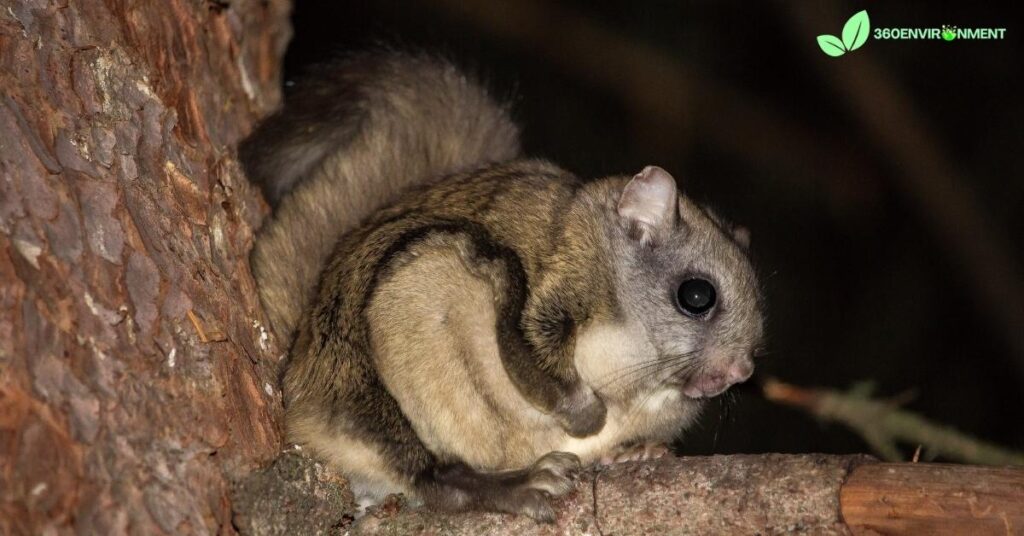
3.1. Adaptations for Nocturnal Living
To fully understand “are squirrels nocturnal,” we must consider the flying squirrel. Flying squirrels have developed unique adaptations for nighttime activity. One of their most notable features is the patagium, a flap of skin that stretches between their limbs, allowing them to glide from tree to tree. This ability, along with their large eyes, enhances their night vision, helping them thrive in low-light environments. So, for flying squirrels, the answer to “are squirrels nocturnal” is a clear yes.
Flying squirrels also rely on their sharp sense of smell and hearing to detect food and predators in the dark, reinforcing the idea that these squirrels are nocturnal in contrast to their diurnal relatives.
3.2. Nighttime Foraging and Feeding Habits
Flying squirrels have nocturnal feeding habits, which means they forage at night. Their diet includes nuts, seeds, fruits, insects, and fungi, and they play an essential role in dispersing mycorrhizal fungi, contributing to forest health. So, are squirrels nocturnal? In the case of flying squirrels, their nighttime foraging habits clearly answer the question—yes, flying squirrels are nocturnal.
Being active at night allows flying squirrels to avoid competition with other squirrel species and reduces the risk of predation. Thus, the answer to “are squirrels nocturnal” depends on the species, with flying squirrels being a notable exception to the diurnal behavior of most other squirrels.
4. Crepuscular Activity in Some Squirrel Species
When asking “Are squirrels nocturnal,” it’s important to note that some squirrel species exhibit crepuscular behavior, meaning they are most active during dawn and dusk. These species are neither fully diurnal nor fully nocturnal, but instead, they are active during the low-light periods of the day.
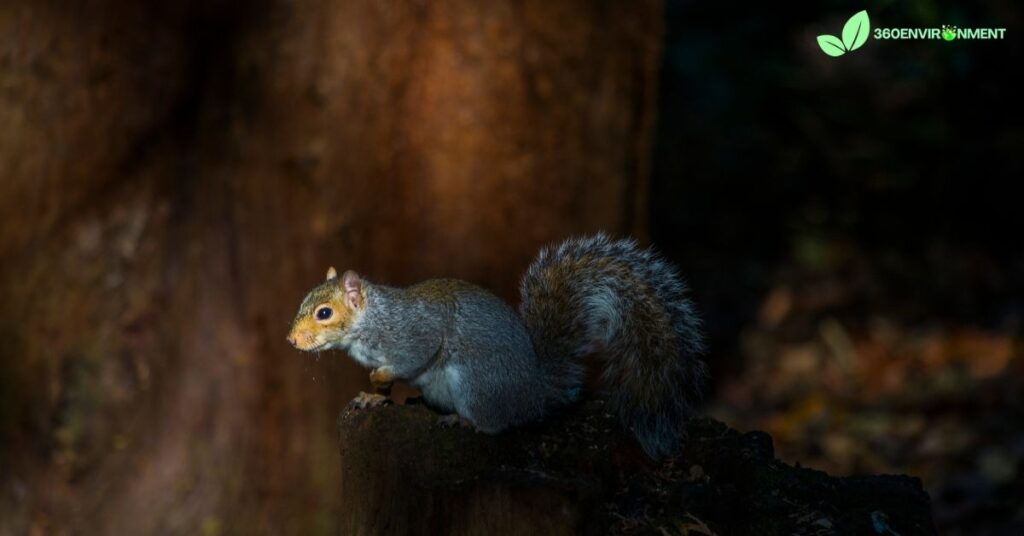
4.1. Ground Squirrels and Crepuscular Activity
Certain species of ground squirrels, such as the California Ground Squirrel and Thirteen-lined Ground Squirrel, follow a crepuscular activity pattern. So, are squirrels nocturnal in this case? Not exactly. These ground squirrels emerge in the early morning and late evening to avoid the heat of the day and the risk of predation at night.
Ground squirrels live in colonies and work together to forage and warn each other of threats. By being crepuscular, they strike a balance between avoiding daytime and nighttime predators. Therefore, when asking “are squirrels nocturnal,” it’s important to clarify that some squirrels, particularly ground squirrels, are neither strictly diurnal nor nocturnal but instead active during twilight hours.
5. Environmental Roles of Squirrels in Ecosystems
Squirrels play a vital role in maintaining the health and balance of ecosystems. Their foraging, caching, and nesting behaviors have far-reaching effects on the environment, influencing plant growth, forest regeneration, and food chains.
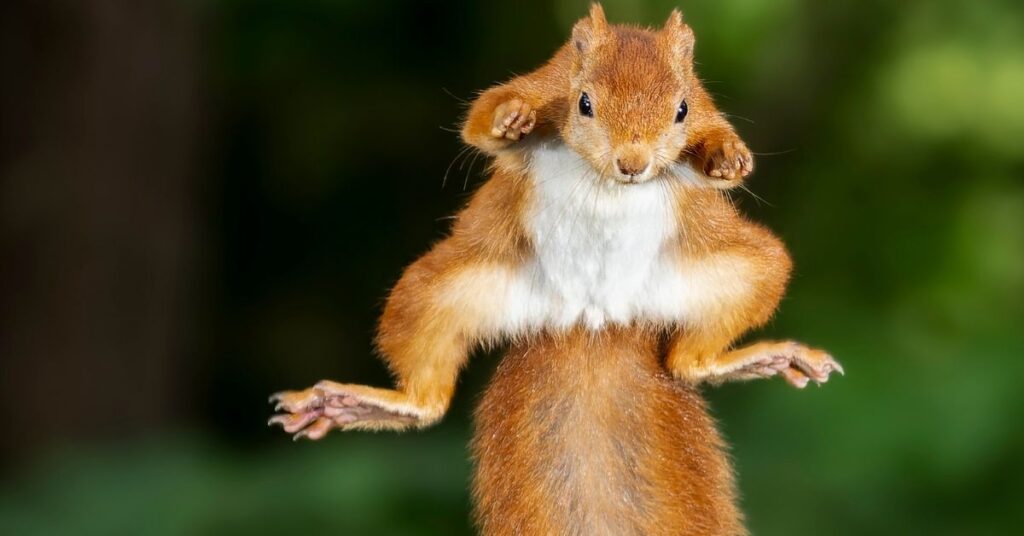
5.1. Seed Dispersal and Forest Regeneration
One of the most important ecological functions of squirrels is their role as seed dispersers. Squirrels, particularly tree-dwelling species like the Eastern Gray Squirrel and Fox Squirrel, are known for collecting and storing seeds, nuts, and acorns. When they bury these food items for later use, they often forget or abandon some of them, leading to the germination of new trees and plants.
This process, known as scatter hoarding, is critical for forest regeneration, as it helps distribute seeds across a wide area. Squirrels unintentionally plant trees by burying seeds in diverse locations, promoting biodiversity and the growth of forests. This behavior is especially important in temperate and boreal forests, where tree species such as oaks, pines, and chestnuts rely on squirrels for seed dispersal.
5.2. Fungal Spore Dispersal
As mentioned earlier, flying squirrels play a key role in dispersing fungal spores, particularly those of mycorrhizal fungi. These fungi form symbiotic relationships with the roots of trees, helping them absorb nutrients from the soil. By consuming and spreading fungal spores, flying squirrels contribute to the health of forest ecosystems and promote the growth of healthy trees.
Mycorrhizal fungi are essential for tree growth and soil health, and without the role of flying squirrels in their dispersal, forest ecosystems could be significantly impacted.
5.3. Food Source for Predators
Squirrels also play a crucial role in the food chain, serving as prey for a variety of predators. Diurnal squirrels are hunted by birds of prey such as hawks, eagles, and owls, while ground-dwelling squirrels are targeted by foxes, coyotes, and snakes. The presence of squirrels in an ecosystem supports a diverse range of predator species and contributes to the overall balance of the food web.
6. Threats to Squirrel Populations
Despite their ecological importance, squirrels face a variety of threats that can impact their populations and the environments they inhabit. Habitat loss, climate change, and human activities are among the most significant challenges facing squirrel species today.
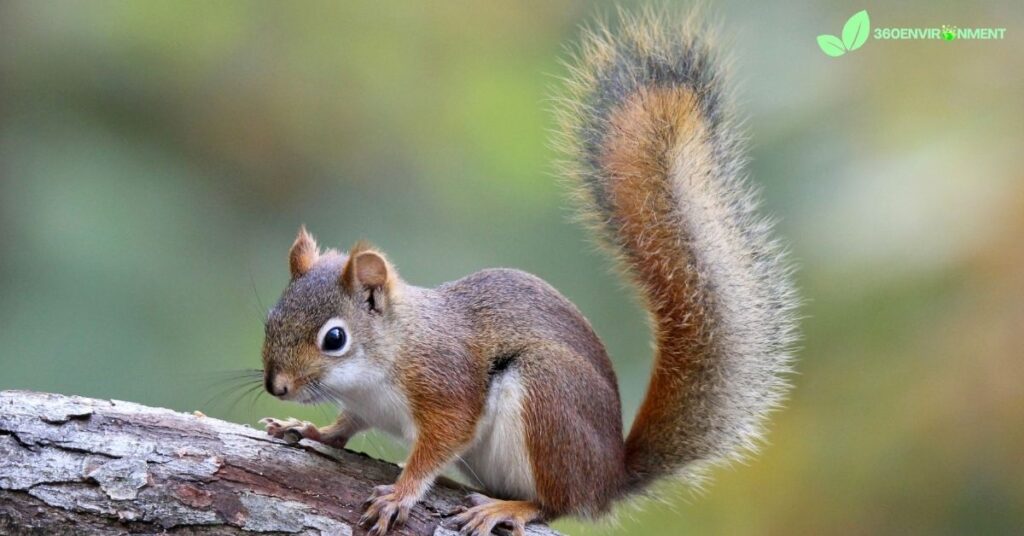
6.1. Habitat Loss and Fragmentation
One of the primary threats to squirrel populations is habitat loss caused by deforestation, urbanization, and agricultural expansion. As forests are cleared for development, squirrels lose access to the trees they rely on for food, shelter, and nesting. Habitat fragmentation can also isolate squirrel populations, making it more difficult for them to find mates and maintain genetic diversity.
Ground squirrels are particularly vulnerable to habitat destruction, as their burrows are often located in areas targeted for agriculture or construction. As their natural habitats shrink, ground squirrel populations may decline, disrupting the ecosystems they support.
6.2. Climate Change
Climate change poses a significant threat to squirrel populations, particularly those that rely on specific seasonal cues for food availability and reproduction. Changes in temperature and precipitation patterns can affect the growth of trees and plants that provide food for squirrels, leading to food shortages during critical times of the year.
In addition, rising temperatures may disrupt the hibernation patterns of ground squirrels and other species that rely on seasonal dormancy to survive the winter. As climate change alters the timing of food availability and hibernation, squirrel populations may struggle to adapt.
7. Conclusion: Squirrel Activity Patterns and Their Ecological Significance
To summarize, the answer to the question “Are squirrels nocturnal?” is that most squirrels are diurnal, meaning they are active during the day. Diurnal squirrels, such as the Eastern Gray Squirrel and Red Squirrel, spend their daylight hours foraging for food, storing nuts, and interacting with their environment. However, exceptions exist, such as flying squirrels, which are nocturnal and active during the night.
Understanding the activity patterns of squirrels is crucial for appreciating their role in ecosystems. Whether they are dispersing seeds, spreading fungal spores, or serving as prey for predators, squirrels contribute to the health and balance of the natural world. By recognizing the challenges they face, such as habitat loss and climate change, we can better support squirrel populations and the ecosystems they help sustain.
Read More: Cinquekka Camp: A Comprehensive Ecological Significance and Conservation Efforts

